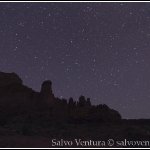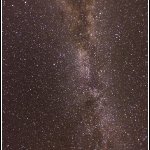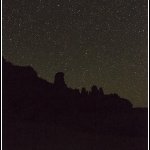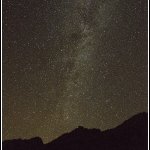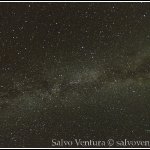Not long ago I took a week off from work and planned a trip around the National Parks in Utah. Here my attempts to capture the Milky Way.
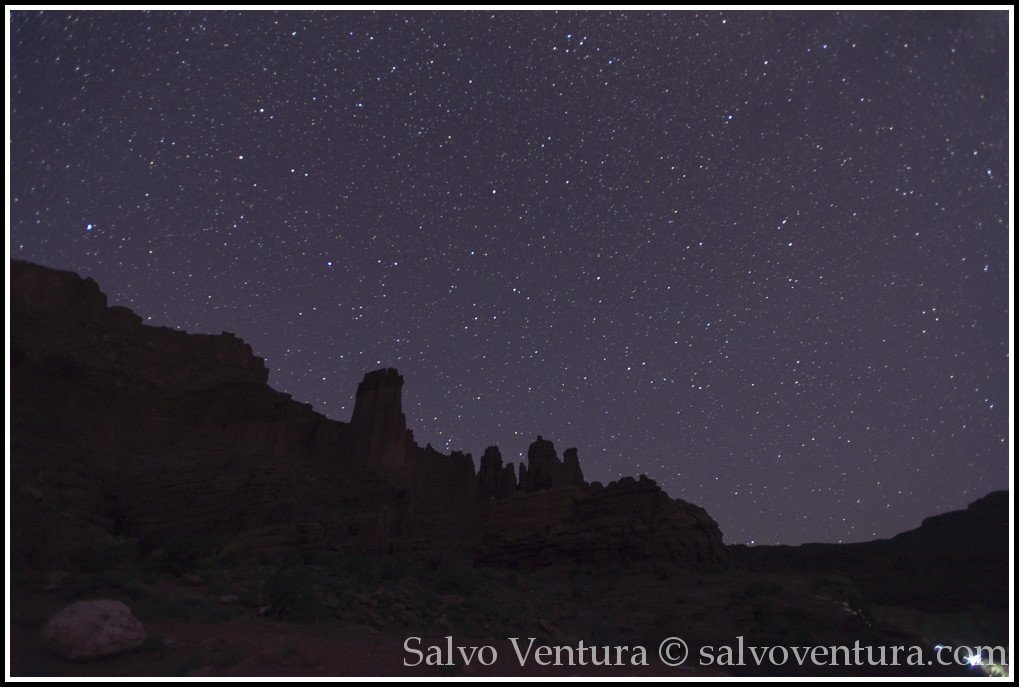
Night Sky – Fisher Towers, Moab UT
I have many pictures to review still from the various hikes and drives, but I wanted to start posting this set here, which was not the first, nor the last, but something new to me: night sky photography.
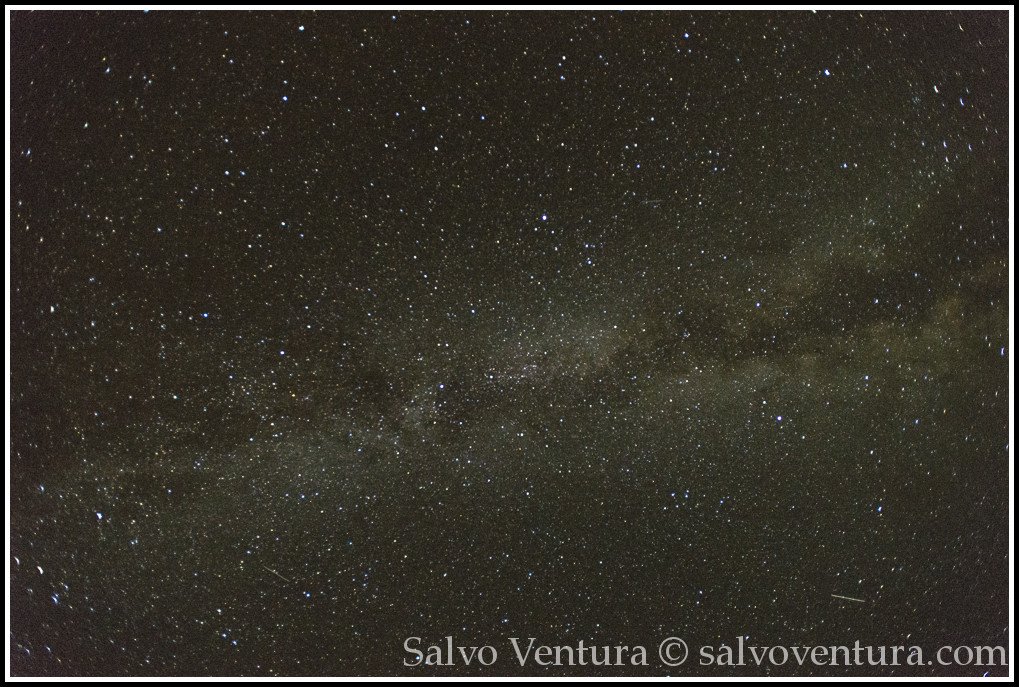
Milky Way – Fisher Towers, Moab UT
These pictures were taken in the parking lot by the Fisher Towers, in Moab, Utah. While the day was warm, it chilled down quickly after sunset, and the wind started picking up. I had a sturdy tripod, my faithful Nikon D600, and a Nikon 17-35mm f/2.8D. What I didn’t have, was a cable shutter release, nor a (working) remote. Note to self for next item on wishlist.
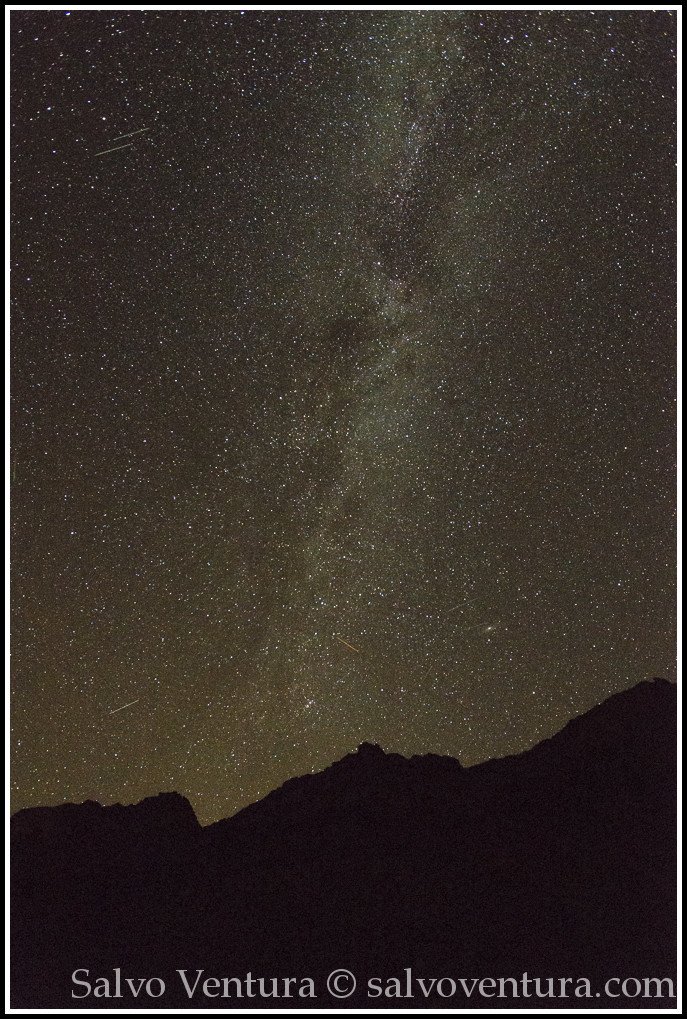
Milky Way – Fisher Towers, Moab UT
As I was exploring settings, these photos used shutter speed of 5-45 seconds; aperture between f/2.8 and f/9; ISO between 50 and 25600. They worked pretty well, and I got some exciting results (at least, for me) for this first time.
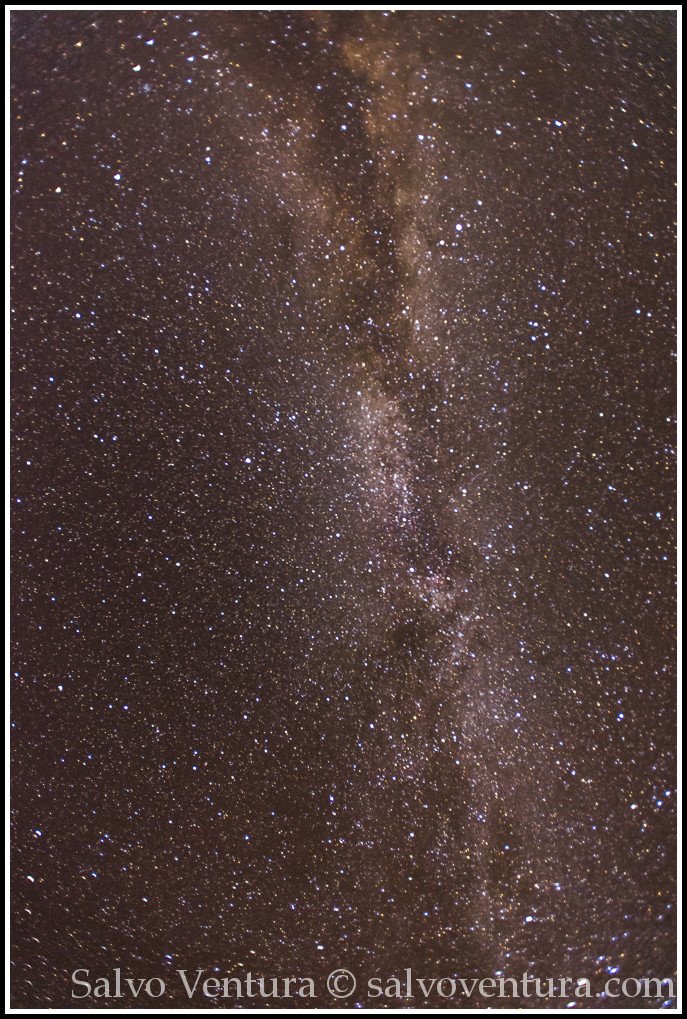
Milky Way – Fisher Towers, Moab UT
From this simple experience, I got few takeaway notes that I want to share. For example, to avoid capturing stars trailing, keep the shutter below 5 seconds. This of course will require a faster lens, and high ISO settings. Post-processing helps in recovering more of the exposure and in noise reduction, even though the camera might do a great job itself.
To know more, I think links like this and this will come in handy. And of course, more practice :-) And if you are really considering serious astro-photography, this article contains a whole lot of good information. Then these tools may prove useful for planning. A phone app at The Photographer’s Ephemeris, which I haven’t tried yet, but seems powerfully promising. And this other software, Skygazer, from Carina Software.
P.S. I have published an ebook: check it out!
Go enjoy!




